According to the Insurance Information Institute (III), dog bite claims cost insurers about $387.2 million in 2008. Here are some other interesting facts:
- The Centers for Disease Control and Prevention estimate that dogs bite 4.7 million people annually, resulting in 800,000 injuries that require emergency medical attention. Almost half of them are children.
- The average cost of a dog-bite insurance claim was $24,461 in 2008, according to the III.
- According to The Humane Society of the United States, roughly 39 percent of American households have at least one dog.
- Dog owners in 33 states and the District of Columbia are legally liable for deaths or injuries caused by their dogs.
With all this said, here are some things you should know about dogs, dog bites and how to avoid them.
Common "Vicious" Breeds Some Insurers May Not Cover
Some home insurers have lists of breeds and crossbreeds they will not insure; other insurers consider such breeds on a case-by-case basis, or charge more for certain "biting" breeds such as pit bulls.
- Pit bulls
- Rottweilers
- Chow chows
- German shepherds
- Siberian huskies
- Alaskan malamutes
- Doberman pinschers
- Presa Canario bulldogs
- Great Danes
- Boxers
- Akitas
- Wolf-hybrids
History is Considered
Some companies will ask "Do you own a vicious dog?" on home insurance applications. Previous dog-bite incidents will show up on your claims history, which insurers check before issuing a policy. Some insurers will consider whether an attack was provoked or unprovoked, but it depends on the dog's history.
Some insurers may cancel or refuse to renew an existing home insurance policy, decline your application for a new one or attach an exclusion for the dog to the policy — if your dog has even one attack in its history. The exclusion means the insurance policy would not cover any liability claims caused by the dog, making you personally responsible for any medical bills or lawsuits stemming from your dog's actions.
Prevention is Key
About 50 percent of dog bites occur on the dog owner's property. The best way to make sure your home insurance won't get cancelled is by preventing an attack. Spaying and neutering a dog can improve its disposition, especially with male dogs.
- Don't put your dog in situations where it will be threatened or teased.
- Build a fence around your yard or install a dog fence around you property to contain its location.
- Send your dog to obedience school.
- Hire a certified animal trainer.
If There's A Bite
If your dog bites someone, respond immediately. Restrain or confine your dog right away. Then do whatever you can to help the victim, whether that means calling 911 or driving them to the emergency room.
Once the victim is taken care of, you might have to contact the local authorities to report the dog bite. You should then call your home insurance company, especially if there are medical costs involved. Be sure to cooperate with your insurance company. The claims adjuster will no doubt want to investigate the circumstances surrounding the incident.
Take steps to make sure a similar incident doesn't happen again.




















